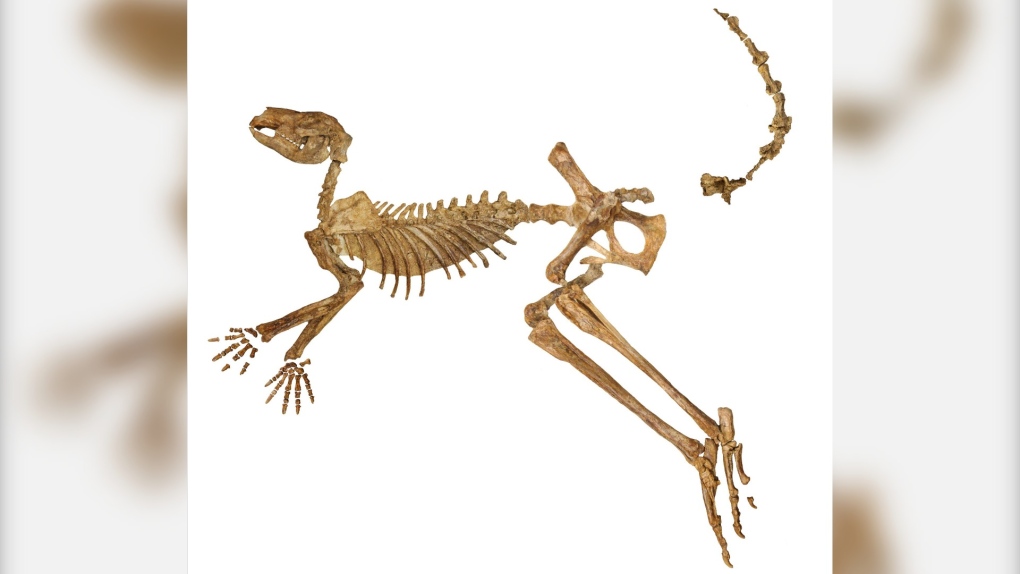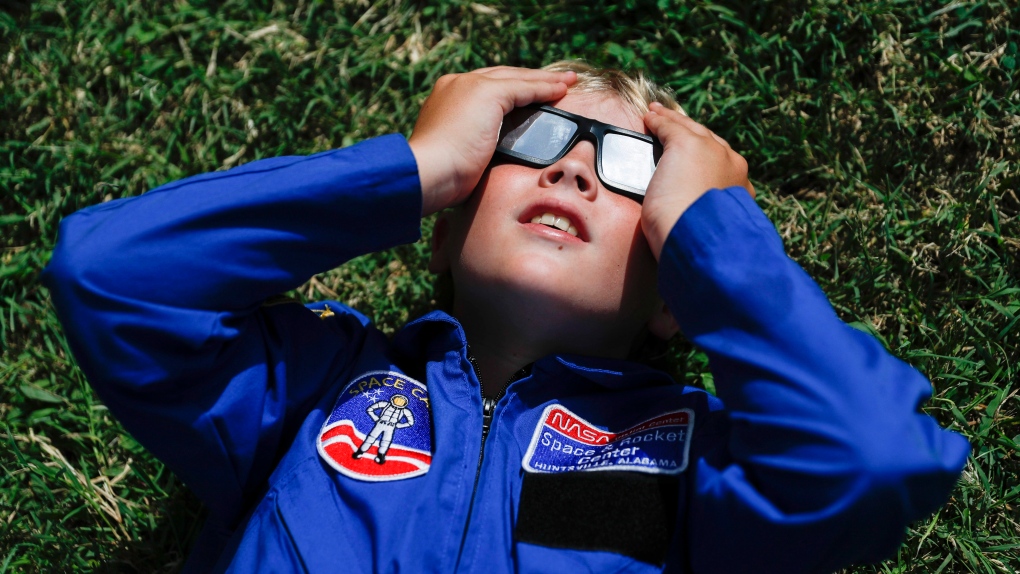Scientists have identified three new species of giant kangaroo that lived from 5 million to 40,000 years ago, one of which is around double the size of the biggest kangaroos alive today.
The giant kangaroos are from the genus Protemnodon, and would have demonstrated more variability in shape, range and hopping method than researchers previously thought, according to a statement from Flinders University in South Australia.
The research, published Monday in the journal Megataxa, is based on the discovery of several complete fossil skeletons by paleontologists working in Lake Callabonna in southern Australia. This allowed a team led by Isaac Kerr, a paleontologist at Flinders University, to answer longstanding questions about Protemnodon.
Although Protemnodon fossils are fairly common in Australia, our understanding of the creatures was hampered by the fact that the fossils historically consisted of individual bones rather than complete animals.
While the kangaroos would have looked fairly similar to those we see today, they were more squat and muscular, according to the statement.
The three newly described species would have also hopped in different ways and adapted to live in different environments, the researchers added.
Lead study author Isaac Kerr is pictured with kangaroo fossil. (Flinders University via CNN Newsource)
One species – P. viator – would have weighed up to 170 kilograms (375 pounds), making it around twice as heavy as the largest male red kangaroos living today.
The largest specimens would have stood more than 2 metres (6.6 feet) tall, Kerr told CNN on Monday.
“With narrow feet, relatively short thighbones and long shinbones, it was proportioned much like the living red and grey kangaroos – built to hop quickly and efficiently,” he said.
“This would have helped it move between food and water sources in its open, arid central Australian habitat,” he added.
Its name, “viator,” means traveler or wayfarer in Latin, and Kerr told CNN that the kangaroos would probably have moved in large groups known as “mobs,” as red and grey kangaroos do today.
“Their main predator would have been Thylacoleo carnifex, the now-extinct ‘marsupial lion,’” he added. “About the size of a large dog, Thylacoleo was an ambush predator believed to have specialised in hunting kangaroos.”
The other two newly described species are P. mamkurra and P. dawsonae.
P. mamkurra would have been quadrupedal, Kerr said in the statement, meaning it would have mainly moved on four legs rather than hopping on two.
“A large but thick-boned and robust kangaroo, it was probably fairly slow-moving and inefficient. It may have hopped only rarely, perhaps just when startled,” said Kerr in the statement.
Comparatively less is known about P. dawsonae because there are fewer fossils for scientists to study, but it was probably a “mid-speed hopper,” the researchers said.
The paper also demonstrates Protemnodon’s unusual ability to survive in varied environments.
“The different species of Protemnodon are now known to have inhabited a broad range of habitats, from arid central Australia into the high-rainfall, forested mountains of Tasmania and New Guinea,” Kerr said in the statement.
By around 40,000 years ago Protemnodon had become extinct on mainland Australia, despite the differences between the various species.
This extinction, however, did not affect similar animals such as wallaroos and grey kangaroos, for reasons scientists do not fully understand.
The team hope the study will contribute to future research that goes some way to explaining why this happened.
Next for Kerr is a trip to Papua New Guinea to undertake what he said would be the first paleontological dig there in more than 40 years, he told CNN.
“There is a species of Protemnodon present in the formation we’ll be digging at, Protemnodon otibandus, and I’m hoping for a complete skull of this very interesting species,” he said.




